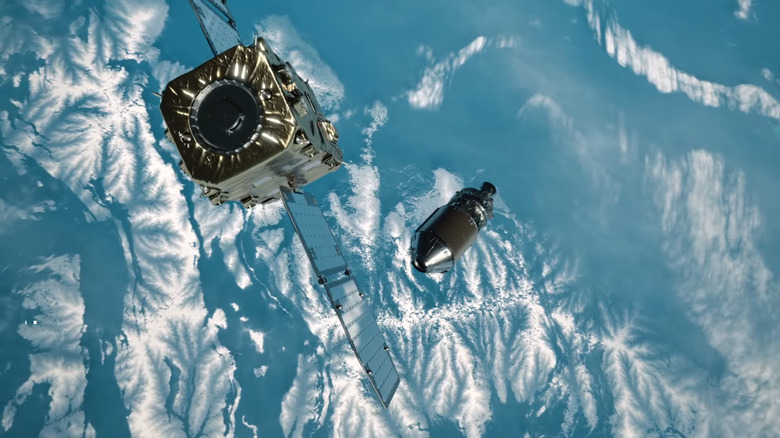This Company Could Have A Solution To Space Junk - If It Can Catch It
Astroscale Japan is closer than any other company to creating a working space junk solution. The first test of the solution is currently ongoing, with a spacecraft crucial to the plan reaching orbit earlier this week.
ADRAS-J is a small satellite that will attempt to catch a defunct upper state of a Japanese H-IIA rocket, which has been spinning through Earth orbit since 2009. The maneuvers required to put ADRAS-J near enough to space trash to catch it aren't anything new.
In fact, spacecraft to the International Space Station do this every time they travel between Earth and the station. The difference, though, is that the defunct upper stage of the rocket is traveling at five miles per second around Earth and spinning brilliantly all the while. This makes it even more difficult for a space junk solution like ADRAS-J to latch onto it.
Of course, before ADRAS-J can start cleaning up space junk, it has to catch up to the junk it's trying to grab. The goal is to eventually use satellites like ADRAS-J to help clean up the ongoing space junk that floods our planet's orbit, forcing the ISS and others to take drastic measures, sometimes to avoid collisions.
Finding a proper space junk solution has been a long-standing journey, and ADRAS-J isn't likely to be the final solution, either, as others are working on plans, too. Even more, companies are pushing for satellites sent into orbit to be equipped with the necessary systems to bring down their debris in controlled descents, which would help remove a lot of the need for after-launch cleanup like this.
It will be interesting to see how ADRAS-J closes the distance between it and the upper stage of the rocket it's intended to catch. You can check out the embedded video above for a look at how it will make the catch.
